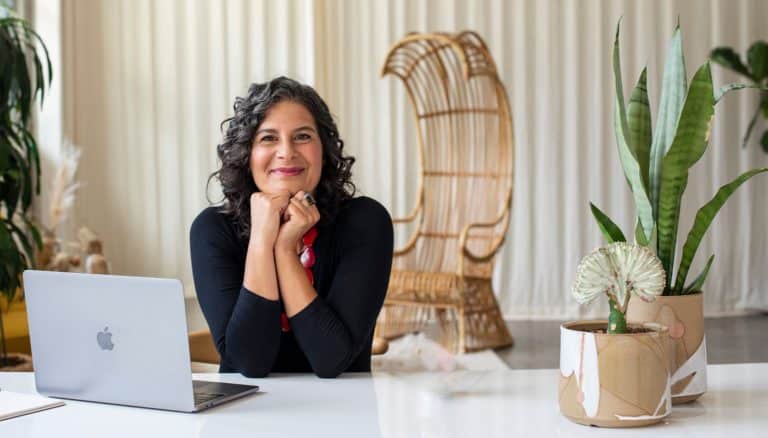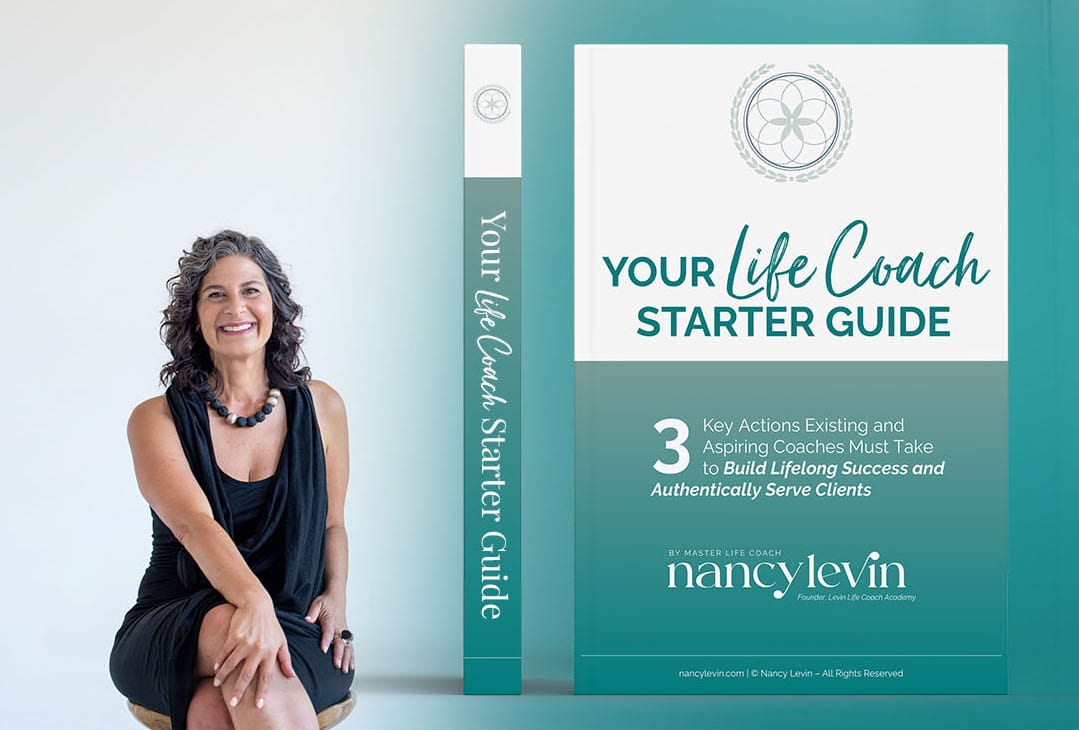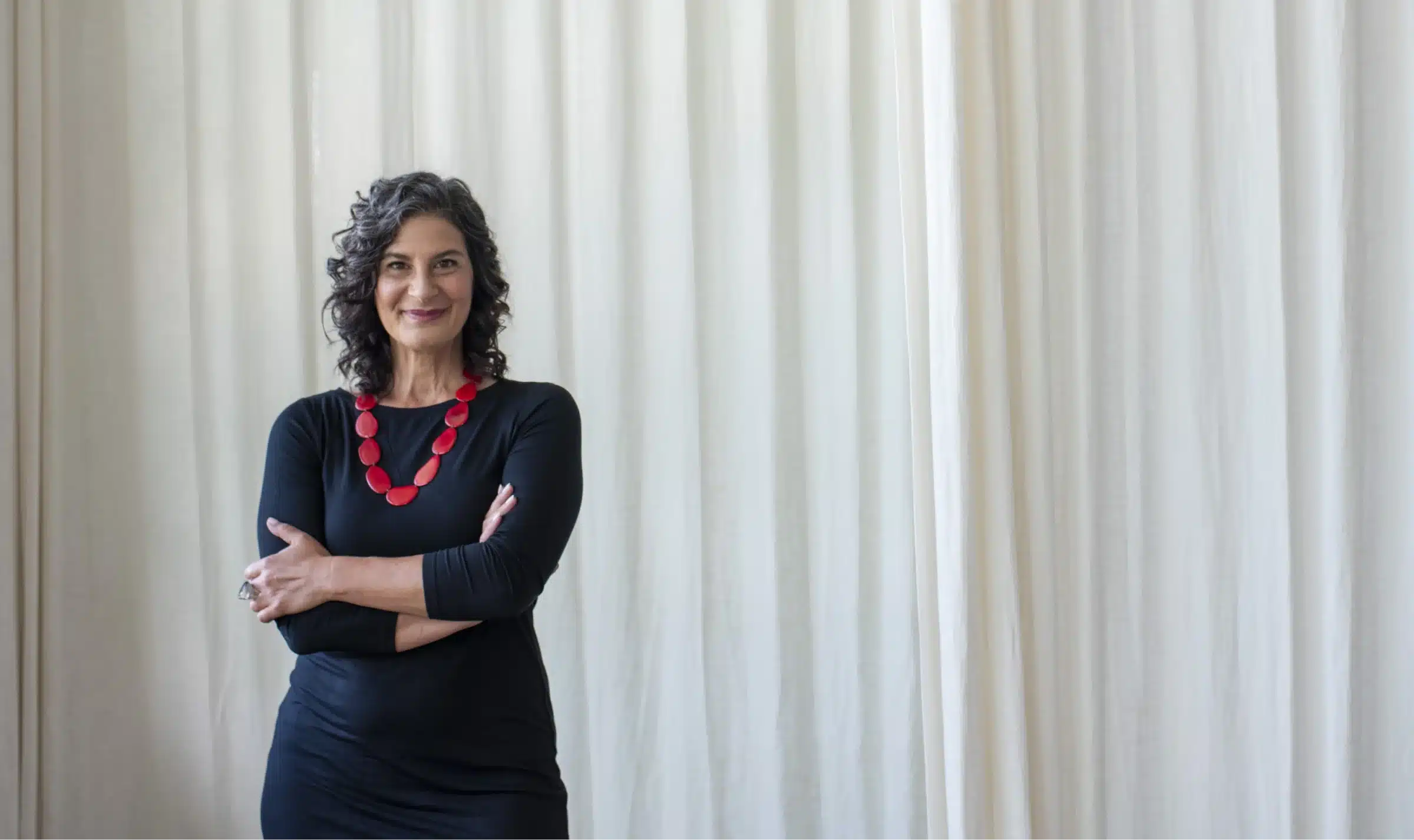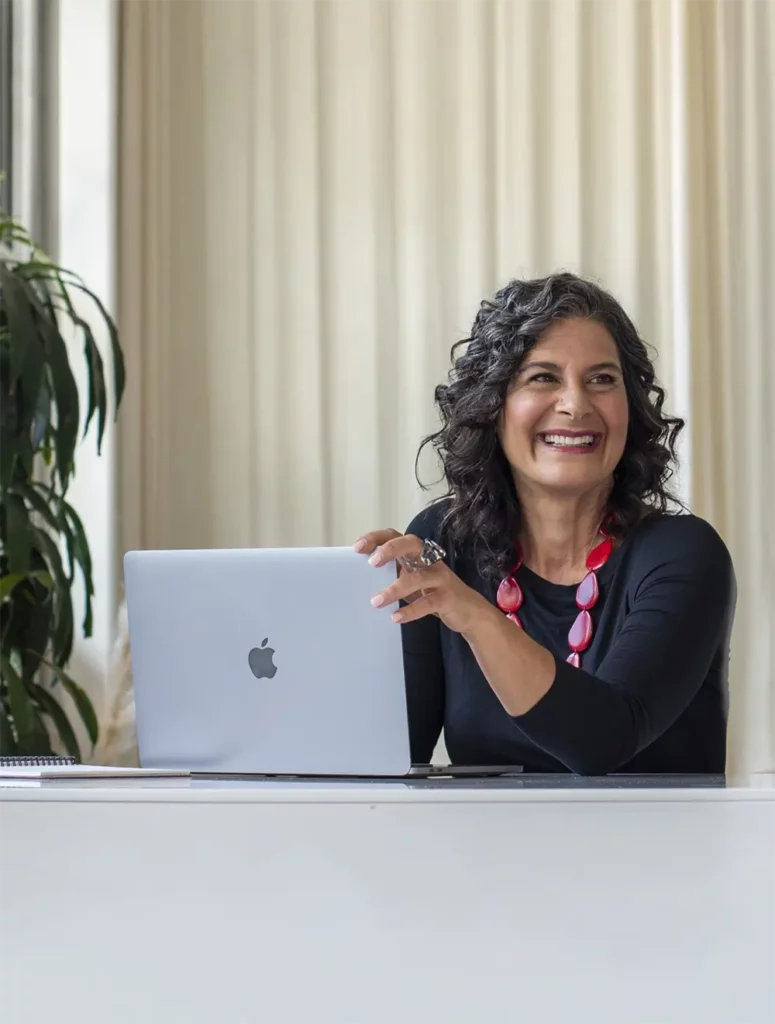I was the Event Director at Hay House for twelve years. It was my dream job until I began craving the opportunity to use my own personal experience and more of my gifts in another capacity to help others. I wanted to be a coach, an author, a speaker, a teacher.
There was one problem: I had long been tied to the belief that I had to be “Super Woman” in order to “earn” my worth. If I were working for myself, how worthy could I possibly be? Would my beloved friends in the Hay House family still love me if I no longer performed for them as I had done for so many years? Not to mention all the “what ifs” that came into my head—“what if I fall flat on my face?” “What if I end up without a job or a career?”
Buoyed by my underlying commitment to be indispensable, I developed excuses to stay in the job, and thus stay safe. “I can’t make a living ‘only’ as an author, speaker, and coach,” I told myself. My beliefs, excuses, and commitments were holding me back.
It really took me some time to understand that I’m not loved for what I do. I’m truly loved—by both my family of friends at Hay House and the people I know outside of work—for who I am. To them, my worth was unconditional.
Reid Tracy, President of Hay House, has always been my greatest cheerleader and most trusted advisor, so when I finally told him I wanted to quit my job there and he said, “I’ll tell you when you can quit,” I listened. “Stay here a little longer and use the time to build your platform,” he advised. “That way you’ll have a firm foundation under you when you leave.”
He was right. By “platform,” Reid meant working on my “side hustle”—building my coaching practice and online presence, publishing my book, getting some speaking engagements – to be solid enough to make it without the full-time job.
I spent over a year doing that while still working at Hay House, and I loved it. Clearly, my “side job” was what I was meant to do. During that time, I also focused on strengthening my self-worth. It was only by becoming willing to be worthy of the life I wanted that I was able to finally go out into the world, on my own as me, full-time.
In the interest of full disclosure, Reid had to give me a little push. “It’s time for you to go,” he said one day on the phone, not long after delivering the huge news that Hay House wanted to pick up my self-published book Jump … And Your Life Will Appear. My fears were still a bit in my way, even after I had created a strong enough platform for myself. In fact, the first thing I said to him was, “You’re firing me?!” Good thing my sense of worthiness was strong enough by then to say yes to fully immersing myself in coaching, writing, speaking, teaching—to serving from front and center instead of from backstage. Good thing I had the courage to jump!
It was time to raise my havingness level. In order to have more, we have to change our thinking, behaviors, and habits related to self-worth—little by little. As we do that, we can continue to increase our “worth threshold.” By that, I mean what we’ll allow ourselves to receive more and more.
Our self-worth beliefs—that we have always thought of as fact—will determine how much we let ourselves have. We can inch past our current threshold of what we’re willing to have by catching ourselves when we perpetuate patterns and behaviors of low self-worth. Here are some strategies for increasing that worth threshold:
- Positive Self-Talk. Listen for self-judgments, and replace them with nurturing self-talk. “I can’t believe I could be so stupid” becomes “I did the best I could. It’s safe to be imperfect. Nobody else is perfect either. I love myself anyway.”
- Stop Yourself. One of the best strategies to stop poor self-worth habits in their tracks is moment-to-moment awareness and mindfulness. Once you become mindful of behaviors and patterns that aren’t in keeping with the self-worth you desire, you can begin to catch yourself in the act.
- Look Around You. Your outer life is a reflection of the state of your inner self-worth. So look around. Does your environment reflect someone with the high self-worth you’re after? If not, how can you change your environment to be closer to what you deserve?
- Bragging Rights. Get yourself a “boasting buddy,” and share your successes without shame. It’s important to have people in your life who are happy for you when good things happen.
- Your Own Personal Cheerleader. Besides a “boasting buddy,” ask that friend (or someone else) to be your personal cheerleader. Then, offer to reciprocate. In this role, you and your friend will give each other self-worth pep talks when you find that you’re getting down on yourselves.
- Find a Community. The main reason I started my coaching groups is so that everyone could cheer each other on with unconditional love and support. It has turned out to be more powerful than my wildest dreams. Everyone helps each other in unbelievable ways. We soothe one another during the hard times and pat each other on the back when something goes well. If you can find such a community, you’ll be amazed at the results. If you can’t find one, create one—either to meet in person or online. Once again, just have a rule in place that no negativity is allowed!
Yes, it takes work to get past the programming of our childhoods. But it isn’t a burden. It’s something to cherish and relish. As adults, we have a wonderful opportunity. We can choose to base our identities on who we truly are inside—the personality, the essence we came into this life with.
Want more? Join the conversation with me on Facebook.
